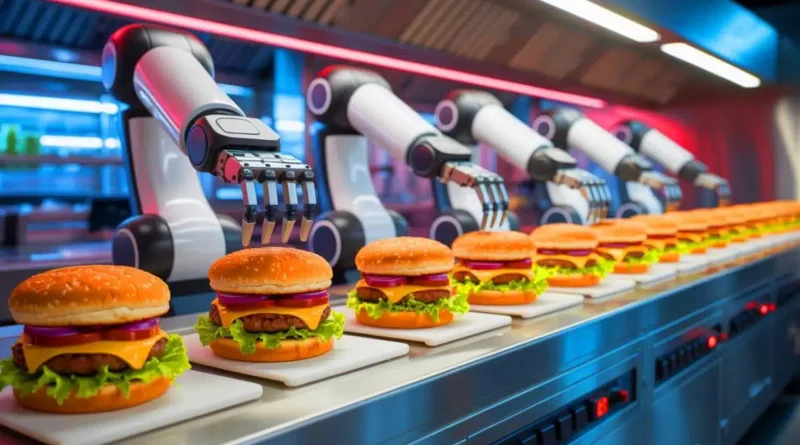Newsom’s $20 Minimum Wage Affects Fast-Food Workforce
California’s Governor, Gavin Newsom, a noted Democrat with a decidedly leftist stance, is assumed to have eyes on the presidency. However, should he decide to travel down that road, economic policies are anticipated to put him in a hot spot. Due to his minimum wage legislation of $20 per hour for fast-food workforce in California, the state has since witnessed the dissolution of nearly 20,000 such positions. This disturbing figure accounts for around a quarter of the national decrease in fast-food jobs during the equivalent time frame, as presented by the Bureau of Labor Statistics’ recently published data from this quarter.
These worrying numbers ought to act as an alarm bell for Governor Newsom and other lawmakers who champion ambitious wage increases without considering the probable aftermath. Two years ago, when Newsom sanctioned the FAST Recovery Act and established a $20 minimum wage for the fast-food workers in his jurisdiction, he was all cheers. In his words, the legislation represented a triple win, benefiting the restaurant owners, their workforce, and the patrons. However, what unfolded was not a win, but significant losses.
California experienced heavy job cuts, significantly raised menu prices, and a move towards automation, apart from the abovementioned job losses. The state made waves across the country when two prominent Pizza Hut franchises decided to let go of more than 1,200 in-house delivery drivers as a cost-cutting measure. Meanwhile, others like Mod Pizza and Foster’s Freeze opted to shut down their operations entirely.
Newsom’s ambitious $20 wage move has turned out to only enhance his calculated political image, all the while damaging the livelihood of the fast-food workforce. His continuous assertion that the wage increase was a ‘victory’ is found to be far from the truth. Other policymakers keen on emulating his damaging wage hike policies should be wary of the potential repercussions.
Moreover, the analysis reveals that even those workers who managed to retain their jobs ended up suffering losses. It found that the law had deprived non-tipped restaurant employees of 250 work hours per annum, translating into a loss of $4,000 in annual income based on the state’s previous minimum wage. The American Cornerstone Institute posits that it’s the small businesses that have suffered the most.
Unlike their larger, multinational counterparts, small businesses are less able to bear the brunt of the heightened labor costs, resulting in further capital consolidation by larger corporations. In the same vein, it’s illogical to implement a uniform state-wide minimum wage in a state as large and diverse as California.
The living expenses in cities like San Francisco are significantly higher than in the state’s rural areas, where cost of living is relatively inexpensive. The insistence on imposing identical wage rates on businesses across the areas doesn’t make sense and places substantial stress on local economies.
Then there’s the impact on the consumers, who reportedly find themselves facing prices inflated by 13% due to the new wage law. Not everyone agrees with this narrative, however. Some academic figures within the state have refuted the claims, stating that employment figures in the fast-food sector remain stable, working hours are unaffected, and prices have only seen a minor increase of 2.1%.

